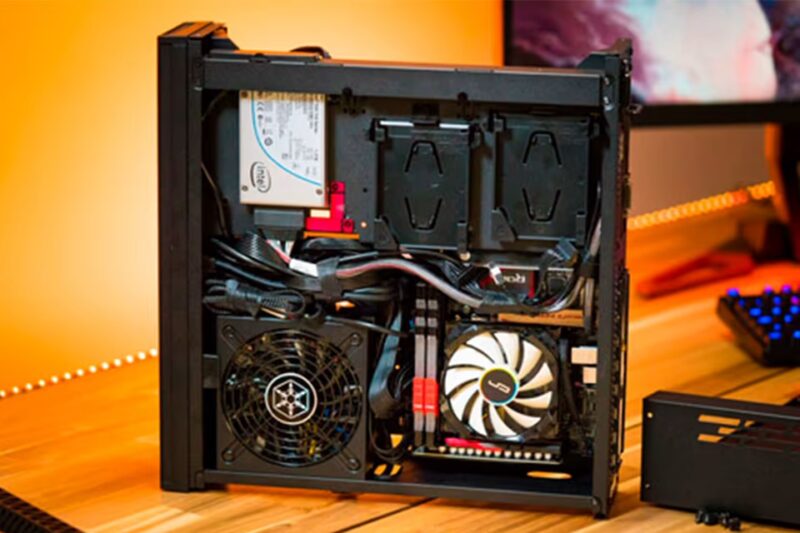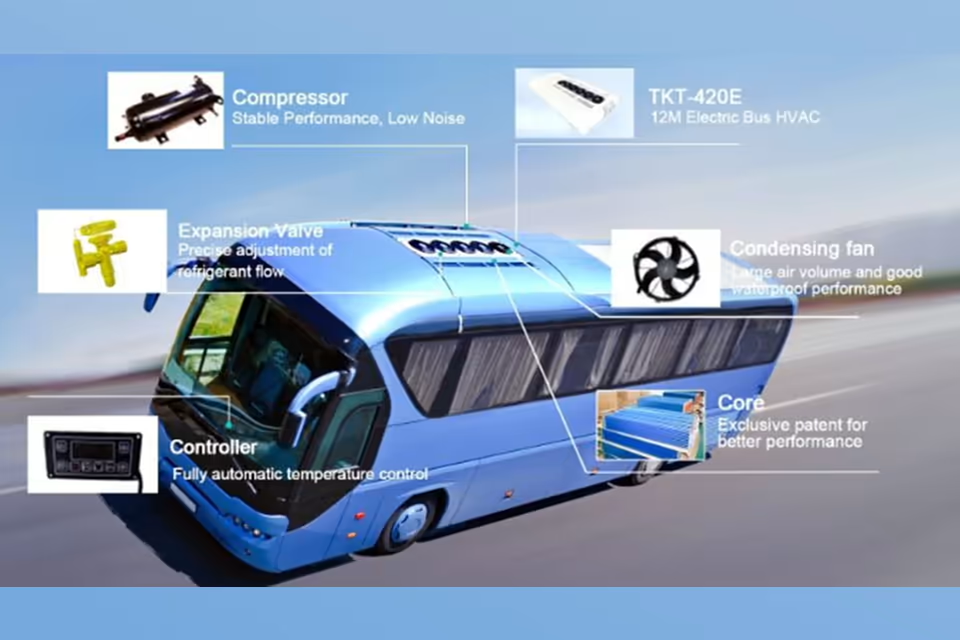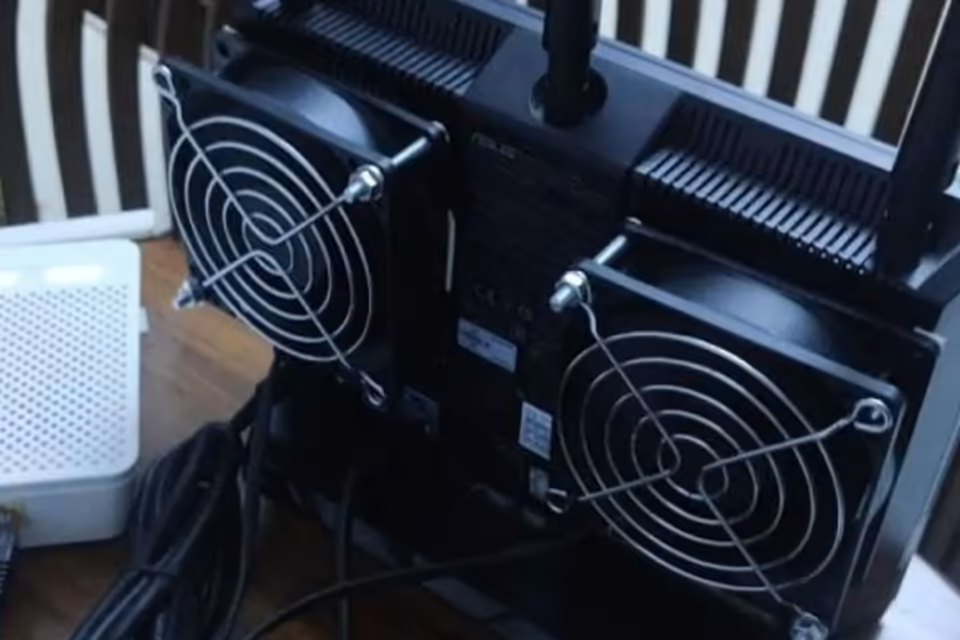As electronic devices like media centers become increasingly powerful and compact, effective thermal management has emerged as a critical concern. These densely packed systems generate significant heat, and without proper cooling, they risk performance degradation, component failure, and a shortened lifespan.
Overheating can lead to costly repairs and operational downtime, making efficient cooling solutions essential for maintaining the integrity and longevity of the equipment.
Direct current (DC) fans have become the premier solution for this challenge. Recognized for their superior energy efficiency, quiet operation, and versatility, DC fans consume up to 70% less power than traditional alternating current (AC) fans.
Equipped with advanced features like brushless motors and intelligent controls, they provide reliable and adaptive cooling, making them perfectly suited for the unique demands of compact media centers, home theaters, and professional audio-visual setups.
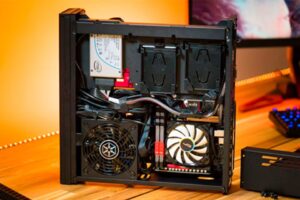
The Core Advantages of DC Fan Technology
DC fans are increasingly preferred in electronic applications due to a combination of performance, efficiency, and advanced features that set them apart from older AC technology.
Superior Energy Efficiency
The most significant advantage of DC fans is their low power consumption. By using brushless motors and sophisticated electronics, they operate with remarkable efficiency, leading to direct energy savings and lower operating costs. As environmental concerns and energy prices rise, this efficiency makes DC fans a cornerstone of sustainable and cost-effective electronic design.
Quiet Operation for an Uninterrupted Experience
DC fans are engineered for near-silent operation. Their brushless motors run more smoothly and generate less electrical noise than their AC counterparts. This is a critical feature for media centers, where fan noise can detract from the audio quality of a movie or music. The ability to effectively cool components without adding audible distraction is paramount for a high-quality user experience.

Advanced Performance and Customization
Modern DC fans offer a high degree of control and reliability. Features like Pulse Width Modulation (PWM) allow for precise speed adjustments, enabling the fan to respond dynamically to temperature changes. This intelligent control ensures the fan only runs as fast as necessary, further saving energy and reducing noise.
Their compact and flexible design also facilitates easy integration into tight spaces, with many manufacturers offering customizable options to meet specific system requirements.
Key Applications in Compact Media Centers
The inherent qualities of DC fans make them uniquely qualified to solve the specific challenges posed by compact media centers and entertainment cabinets.
Space Efficiency in a Crowded Environment
In a compact media center, every inch of space matters. DC fans have a smaller footprint than many alternative cooling solutions, allowing for more efficient use of limited internal space. Their design enables effective cooling without requiring bulky hardware, preserving room for essential electronic components.
Versatility in Installation
The compact size and low voltage requirements of DC fans offer significant flexibility in installation. They can be strategically placed to create optimal airflow patterns, drawing cool air in and expelling hot air. Temperature-controlled systems can be integrated into cabinets to provide automatic adjustments, ensuring that AV receivers, amplifiers, and other components remain within safe operating temperatures, thereby extending their lifespan.
Optimal Airflow Management
Effective cooling is not just about moving air; it’s about moving it intelligently. DC fans can be configured to create a balanced intake and exhaust pattern, maximizing cooling efficiency. By strategically managing the thermal dynamics of an enclosed space, they prevent hot spots and ensure consistent performance across all components.
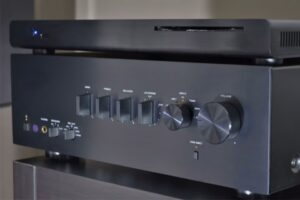
Broader Cooling Strategies and Considerations
While DC fans are a critical component, they often work within a broader thermal management strategy. Passive cooling techniques, such as strategically placed vents and heat-dissipating cabinet materials, leverage natural airflow to manage heat. For extremely high-performance systems, liquid cooling offers superior heat transfer, while hybrid systems combine air and liquid cooling to capitalize on the strengths of both.
However, implementing DC fans requires careful consideration of a few challenges:
- Initial Cost: DC fans can have a higher upfront cost than traditional AC units. This investment is typically offset over time through significant energy savings and the prevention of costly equipment failure.
- Space and Noise: While generally compact and quiet, engineers must select the right fan model to fit within spatial constraints and meet the acoustic requirements of the environment.
- Installation and Maintenance: DC fans may require specialized power supplies and more complex configurations than AC fans, potentially increasing installation complexity and maintenance needs.
The Future of Compact Cooling
The technology behind cooling solutions continues to evolve, driven by demands for greater efficiency and sustainability. The market for small, powerful DC fans is expanding rapidly, with manufacturers developing innovative designs that are both functional and aesthetically pleasing.
Looking ahead, the trend is toward smarter, more integrated systems. The adoption of liquid cooling will likely grow for high-performance applications, but the efficiency, reliability, and quiet operation of DC fans will ensure they remain a crucial technology.
An increasing emphasis on sustainability will further drive the adoption of energy-efficient solutions, with features like PWM control and reversible airflow becoming standard for optimizing performance and longevity.
As manufacturers prioritize eco-friendly designs, the integration of smart, real-time monitoring will enhance the efficiency of compact cooling systems even further.

